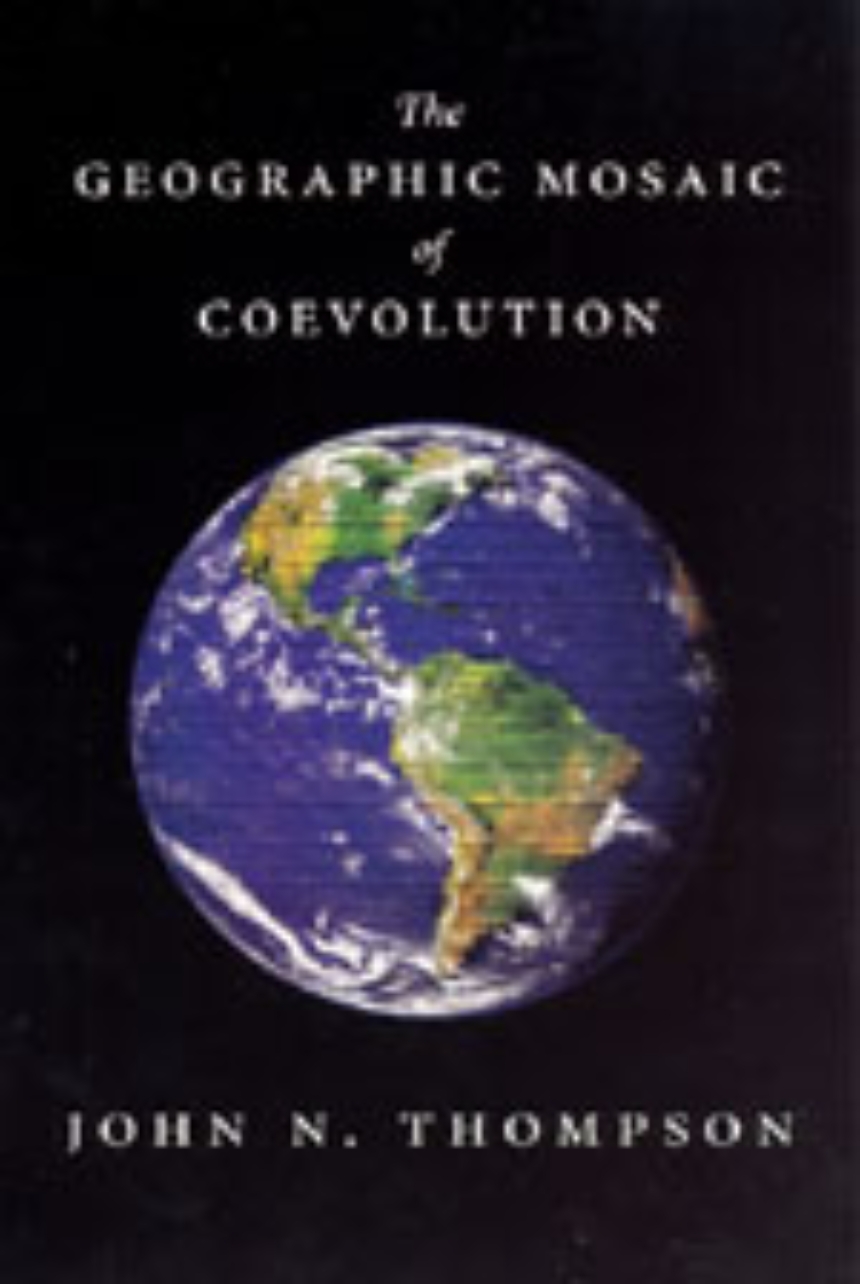The Geographic Mosaic of Coevolution
Picking up where his influential The Coevolutionary Process left off, John N. Thompsonsynthesizes the state of a rapidly developing science that integrates approaches from evolutionary ecology, population genetics, phylogeography, systematics, evolutionary biochemistry and physiology, and molecular biology. Using models, data, and hypotheses to develop a complete conceptual framework, Thompson also draws on examples from a wide range of taxa and environments, illustrating the expanding breadth and depth of research in coevolutionary biology.
400 pages | 11 halftones, 94 line drawings, 7 tables | 6 x 9 | © 2005
Biological Sciences: Biology--Systematics, Botany, Ecology, Evolutionary Biology, Natural History, Physiology, Biomechanics, and Morphology, Tropical Biology and Conservation
Reviews
Table of Contents
Preface
Acknowledgments
Part 1 - The Framework of Coevolutionary Biology
1. The Overall Argument
2. Raw Materials for Coevolution I: Populations, Species, and Lineages
3. Raw Materials for Coevolution II: Ecological Structure and Distributed Outcomes
4. Local Adaptation I: Geographic Selection Mosaics
5. Local Adaptation II: Rates of Adaptation and Classes of Coevolutionary Dynamics
6. The Conceptual Framework: The Geographic Mosaic Theory of Coevolution
7. Coevolutionary Diversification
8. Analyzing the Geographic Mosaic of Coevolution
Part 2 - Specific Hypotheses on the Classes of Coevolutionary Dynamics
9. Antagonists I: The Geographic Mosaic of Coevolving Polymorphisms
10. Antagonists II: Sexual Reproduction and the Red Queen
11. Antagonists III: Coevolutionary Alternation and Escalation
12. Mutualists I: Attenuated Antagonism and Mutualistic Complementarity
13. Mutualists II: The Geographic Mosaic of Mutualistic Symbioses
14. Mutualists III: Convergence within Mutualistic Networks of Free-Living Species
15. Coevolutionary Displacement
16. Applied Coevolutionary Biology
Appendix: Major Hypotheses on Coevolution
Literature Cited
